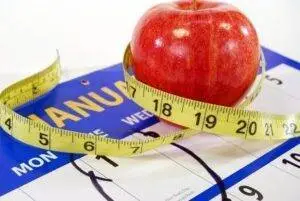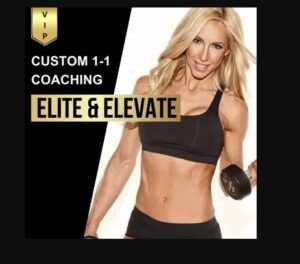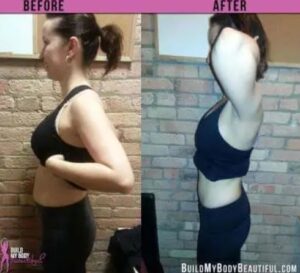Checking nutritional labels is important if you are trying to “clean up” your diet and eat healthier. After all, only you can control what goes into your body and what doesn’t and consulting the little black and white nutritional tables on food packages is the first step to avoid the unhealthy ingredients and excess calories.
However, it turns out that these labels are often misleading and sometimes are completely wrong. Here are 4 things you should know when reading nutritional labels:
1) “Real” Ingredients: the manufacturers love to put claims like “contains real fruit” in bulky, flashy letters on their packages. Indeed, when you read the ingredients, you can almost say that the product is a natural and good-for-you. The only question arises when you read that among other ingredients the said product contains “flavorings”. Since the term “flavorings” in the food industry means that the flavors can be artificial or synthetic, this should raise a red flag for you right away. Some synthetic flavorings are very nasty in nature. For example, isoamyl acetate is used in aircraft as a fabric softener… and in banana and pear flavored food products, as it gives out the odor characteristic to those fruits when it is reduced. The fact that the food industry conceals these ingredients under the general term “flavorings” on their nutritional labels, is quite unnerving and unfair, but unfortunately, it happens all the time.
Tip: the term “flavored” means that natural ingredients were used. For example, banana flavored product will have real bananas that were used in its production.
2) Natural Colours: what we consider natural is often distorted by the food manufacturers to the point where the truth is quite disturbing. For example, a very common color red, Cochineal, is made out of red beetle eggs that reside in cacti.
Titanium oxide is a rust of a metal titanium that is used as a white color in cakes, as well as paint. Technically, these are not artificial ingredients, since they were derived from natural sources and the manufacturers happily include them into the “natural colors” list. And while there is something very twisted about feeding consumers this nastiness, these ingredients are often hide under the label “coloring” on the nutritional labels. Enjoy your rusty beetle salad!
3) Real Fruit: there is no law on how much of the product should contain real fruit. Most times, real fruits in the manufacturers’ language means fruit concentrate that is basically boiled down fruits. Since nobody governs how much of the “real fruit” must be present in products, quite often the amount is as low as 5% or less.
4) Healthy (?): what’s healthy for you is usually misinterpreted by the manufacturers, who try to play the healthy card. It is a fact, for example, that at least one third of the Kellogg’s Special K bars is sugar.
It is our responsibility as consumers to identify and do the appropriate research about the foods that enter our bodies. The reputation of the largest food manufacturers, such as Nestle or Kellogg’s, is at best questionable, the information that they release about their products should be treated with a great deal of skepticism and some of the ingredients utilized in the production of their foods are simply disgusting. At the end of the day, who would want to eat red cacti beetles? The food industry is well adjusted to the health hype and doesn’t mind to use a great amount of marketing to lure customers using big words such as, healthy, natural and fresh. The irony is that the food industry is not interested in making food, but products that taste and look good. The real natural foods are not packaged and don’t last for months, they are provided to us by nature and aren’t man made. Avoiding packaged foods and making your own meals is perhaps the only way to know what is really in your food.
About the Author: Ana Plenter
Ana Plenter is a an Award Winning Personal Trainer, Fitness Competitor & Competition Coach and the Founder of Build My Body Beautiful & Body Beautiful Fitness

Unlock the Power of Wild-Caught Fish Oil: A Healthier Choice
Health Benefits of Fish Oil Did you know that in the USSR, fish oil was a mandatory supplement in schools? This intriguing practice, now supported by modern science, showcases the vast health benefits of wild-caught fish oil, including its anti-inflammatory properties, immune support, and enhancements to brain and heart health. Yet, not just








